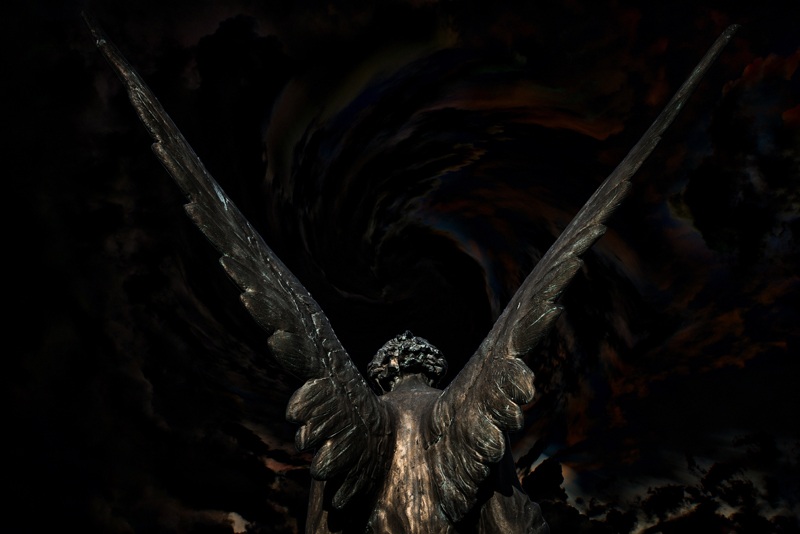DVD review - Deep Purple - Phoenix Rising

I’m about to commit what would be considered heresy by many Deep Purple fanatics. I have to declare that the Mark 3 and 4 versions of Purple are my favorite. Don’t get me wrong; I’m a MAJOR fan of the Gillan / Glover era and actually agree with Jon Lord when he says that this is the proper configuration for the legendary outfit.
However I wish I could slice, dice and mold the latter individuals into a whole separate entity also called Deep Purple because while I love Mach 2, I absolutely LOVE David Coverdale, Glenn Hughes along with Ritchie Blackmore, Jon Lord and Ian Paice and later Tommy Bolin subbing in for Blackmore.
I mean, how can you deny albums like Burn and Stormbringer --- two classics if there ever were? And one of my favorite records is Come Taste the Band, a disc that is considered by many die-hards (and Jon Lord himself) as not really a Purple album. But all three of these records took the blueprint that was started by the English juggernaut and gradually gave it a more groove-oriented approach. The whole unit was anchored by the astonishing drumming of Ian Paice and the core of the band (for me) which was the interplay between Blackmore and Lord. Now add the bluesy vocals by the commanding Coverdale and R&B flavor by Hughes and you’ve got a recipe for a blue ribbon winner.
If you’re, like me, an admirer of this era of the band, then you absolutely have to check out the new DVD from Eagle Rock Entertainment. Entitled Phoenix Rising, this package is a snapshot in time of the Mark 3 and 4 lineups. There are four components to this collection; a live concert of the band’s last concert in Japan, a documentary on the band (from mid ’73 until its dissolution in ‘76), a stand-alone interview with Lord and Hughes about the Indonesia incident (more on that later); and an electronic press kit on Come Taste the Band.

The concert is actually a 30-minute snippet of a show that was filmed as handlers had an inkling that the group was in jeopardy due to the drug habits of Hughes and Bolin. It’s some of the only footage of Bolin with Purple and worth a look just for that. Because of the expense of filming such things at that time was so great, there were only a few cameras to gather tape and the only useable material had to be boiled down to this half-hour segment.
The documentary is excellent. Narrated by both Lord and Hughes, it traces the evolution of the band from Gillan and Glover leaving until the last show. Says Lord, the discovery of Coverdale was one of the key points of the revived band.
“One of the greatest miracles was how incredibly quickly David Coverdale took to being the lead singer of an immensely popular band out of nowhere,” he marvels. “It was a ballsy thing for the band to do,” agrees Hughes, “which was hiring an unknown.”
There are many revelations in this doc along with the EPK (which goes song by song on that era’s last record).
I, for instance, never knew that Hughes was not actually playing on “Comin’ Home” as he was back home in Britain trying to shake his addiction. Bolin played bass on the song and contributed background vocals. I also never knew of the severity of things with altercation in Indonesia where Hughes was jailed on suspicion of having something to do a crew member’s death --- a convenient scapegoat for a shady promoter.
At the same time, there was the whole controversy over the band being “urged” by the army to perform another concert for free the day after their contractually agreed upon show. And the agreed upon concert was supposed to be for 25,000 people but then the band learned that they had sold 50,000 tickets and eventually packed in over 125,000 fans the day of the show. Much to the dismay and empty pockets of the band. Fascinating stuff.
The drug use and subsequent “compromised playing” by Hughes and Bolin is not sugar-coated and the ever-frank Hughes shares the erosion of his personality as cocaine takes its hold, which was the nail in the coffin for the band.
Live footage of the band surrounds the interviews with most being taken from the Japanese shows however there are also snippets from California Jam including the famous rampage by Blackmore as he turns out the lights on a TV camera.
Rounded out by a fabulous 28-page booklet of vintage interviews, this is definitely a must-own for Purple fans as well as any music historian.
However I wish I could slice, dice and mold the latter individuals into a whole separate entity also called Deep Purple because while I love Mach 2, I absolutely LOVE David Coverdale, Glenn Hughes along with Ritchie Blackmore, Jon Lord and Ian Paice and later Tommy Bolin subbing in for Blackmore.
I mean, how can you deny albums like Burn and Stormbringer --- two classics if there ever were? And one of my favorite records is Come Taste the Band, a disc that is considered by many die-hards (and Jon Lord himself) as not really a Purple album. But all three of these records took the blueprint that was started by the English juggernaut and gradually gave it a more groove-oriented approach. The whole unit was anchored by the astonishing drumming of Ian Paice and the core of the band (for me) which was the interplay between Blackmore and Lord. Now add the bluesy vocals by the commanding Coverdale and R&B flavor by Hughes and you’ve got a recipe for a blue ribbon winner.
If you’re, like me, an admirer of this era of the band, then you absolutely have to check out the new DVD from Eagle Rock Entertainment. Entitled Phoenix Rising, this package is a snapshot in time of the Mark 3 and 4 lineups. There are four components to this collection; a live concert of the band’s last concert in Japan, a documentary on the band (from mid ’73 until its dissolution in ‘76), a stand-alone interview with Lord and Hughes about the Indonesia incident (more on that later); and an electronic press kit on Come Taste the Band.

The concert is actually a 30-minute snippet of a show that was filmed as handlers had an inkling that the group was in jeopardy due to the drug habits of Hughes and Bolin. It’s some of the only footage of Bolin with Purple and worth a look just for that. Because of the expense of filming such things at that time was so great, there were only a few cameras to gather tape and the only useable material had to be boiled down to this half-hour segment.
The documentary is excellent. Narrated by both Lord and Hughes, it traces the evolution of the band from Gillan and Glover leaving until the last show. Says Lord, the discovery of Coverdale was one of the key points of the revived band.
“One of the greatest miracles was how incredibly quickly David Coverdale took to being the lead singer of an immensely popular band out of nowhere,” he marvels. “It was a ballsy thing for the band to do,” agrees Hughes, “which was hiring an unknown.”
There are many revelations in this doc along with the EPK (which goes song by song on that era’s last record).
I, for instance, never knew that Hughes was not actually playing on “Comin’ Home” as he was back home in Britain trying to shake his addiction. Bolin played bass on the song and contributed background vocals. I also never knew of the severity of things with altercation in Indonesia where Hughes was jailed on suspicion of having something to do a crew member’s death --- a convenient scapegoat for a shady promoter.
At the same time, there was the whole controversy over the band being “urged” by the army to perform another concert for free the day after their contractually agreed upon show. And the agreed upon concert was supposed to be for 25,000 people but then the band learned that they had sold 50,000 tickets and eventually packed in over 125,000 fans the day of the show. Much to the dismay and empty pockets of the band. Fascinating stuff.
The drug use and subsequent “compromised playing” by Hughes and Bolin is not sugar-coated and the ever-frank Hughes shares the erosion of his personality as cocaine takes its hold, which was the nail in the coffin for the band.
Live footage of the band surrounds the interviews with most being taken from the Japanese shows however there are also snippets from California Jam including the famous rampage by Blackmore as he turns out the lights on a TV camera.
Rounded out by a fabulous 28-page booklet of vintage interviews, this is definitely a must-own for Purple fans as well as any music historian.

Related Articles
Editor's Picks Articles
Top Ten Articles
Previous Features
Site Map
Content copyright © 2023 by Morley Seaver. All rights reserved.
This content was written by Morley Seaver. If you wish to use this content in any manner, you need written permission. Contact Morley Seaver for details.



